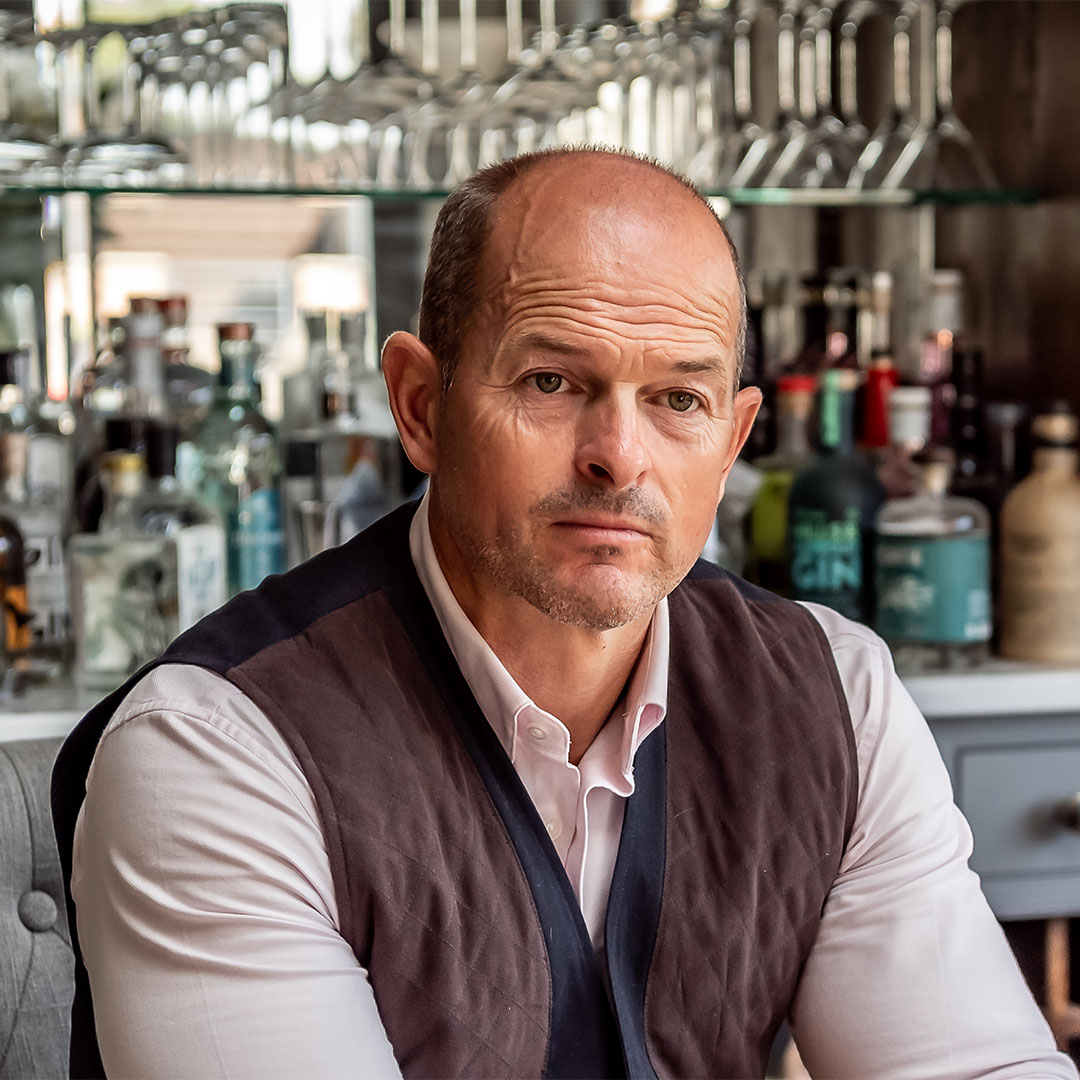-
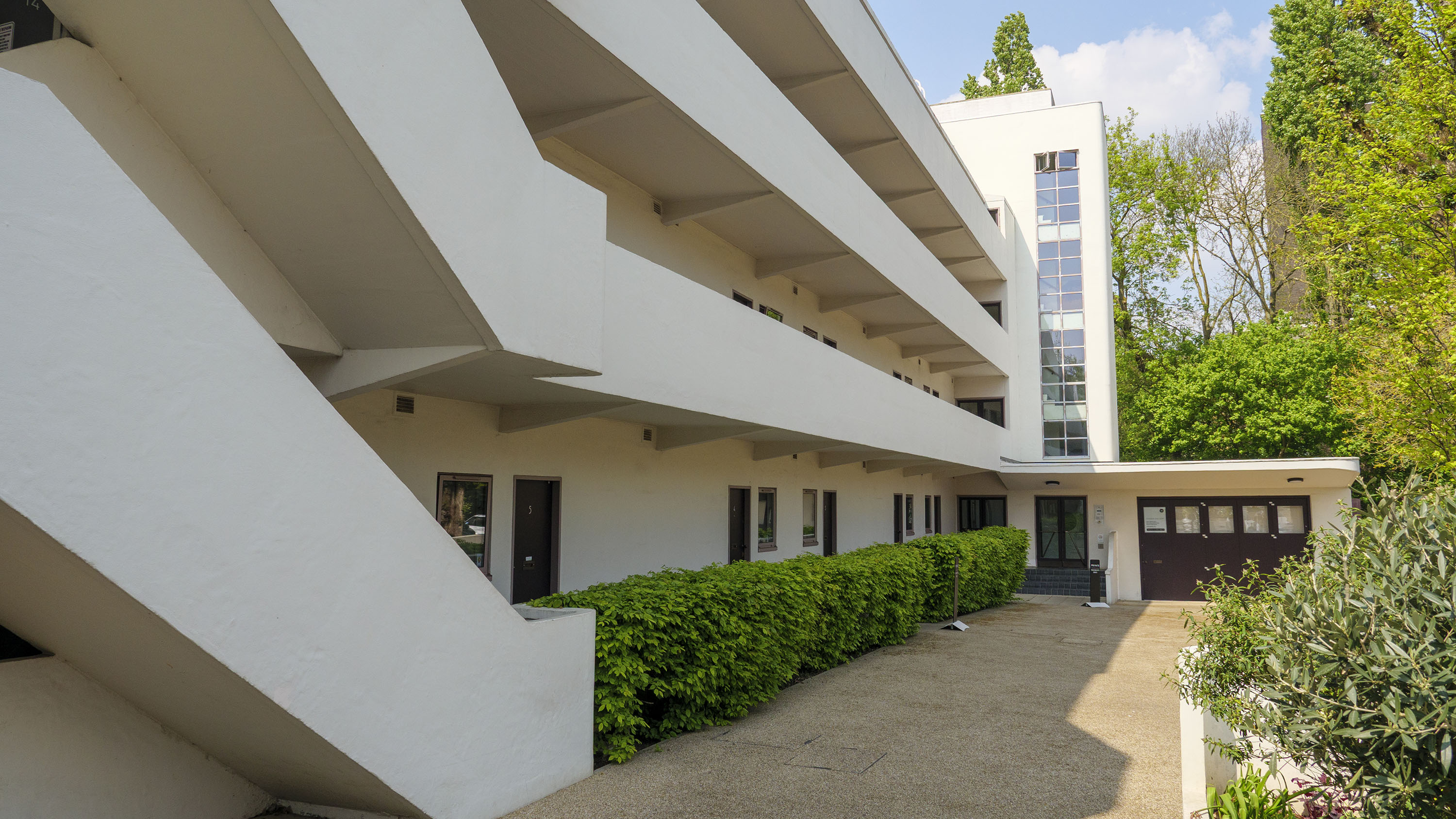
A flat for sale in the building where Agatha Christie lived, and it's both the most interesting and most affordable home for sale in Hampstead today
By Toby Keel
-
-

Guinness, The Beatles and Beckham's first game for England? It can only be the Country Life Quiz of the Day, October 15, 2025
By Country Life
-
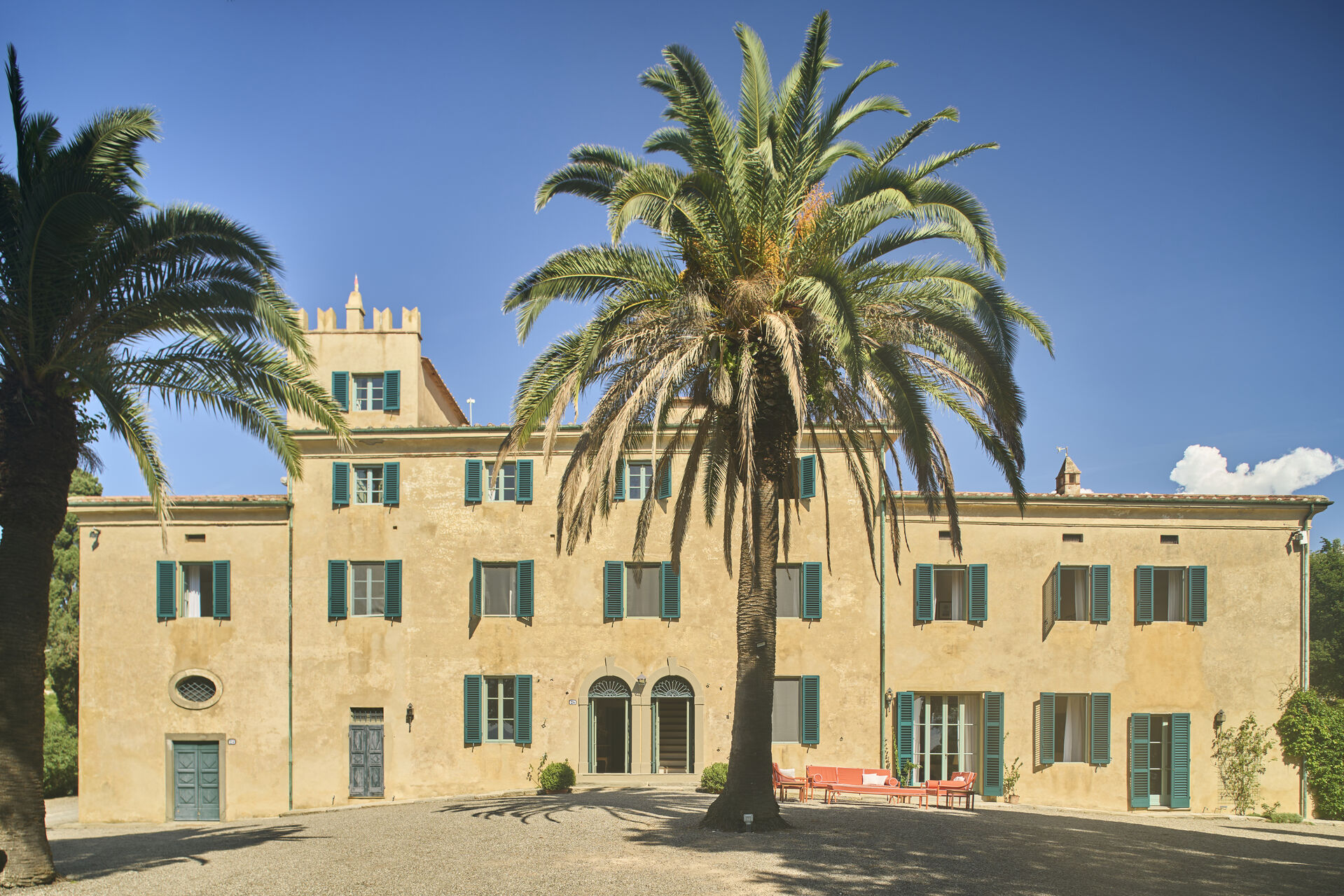
Here is where to stay on the ancient stretch of Italian coastline that people in the know are calling 'the new Amalfi'
By Rosie Paterson
-

Nôtre-Dame: An over-crowded Parisian triumph
By Athena
-

Sophia Money-Coutts: My family WhatsApp is already banging on about Christmas arrangements. Can I leave the group?
By Sophia Money-Coutts
-

A handy five minute guide to Frieze — and the things you really don’t want to miss
By Rosie Paterson
-
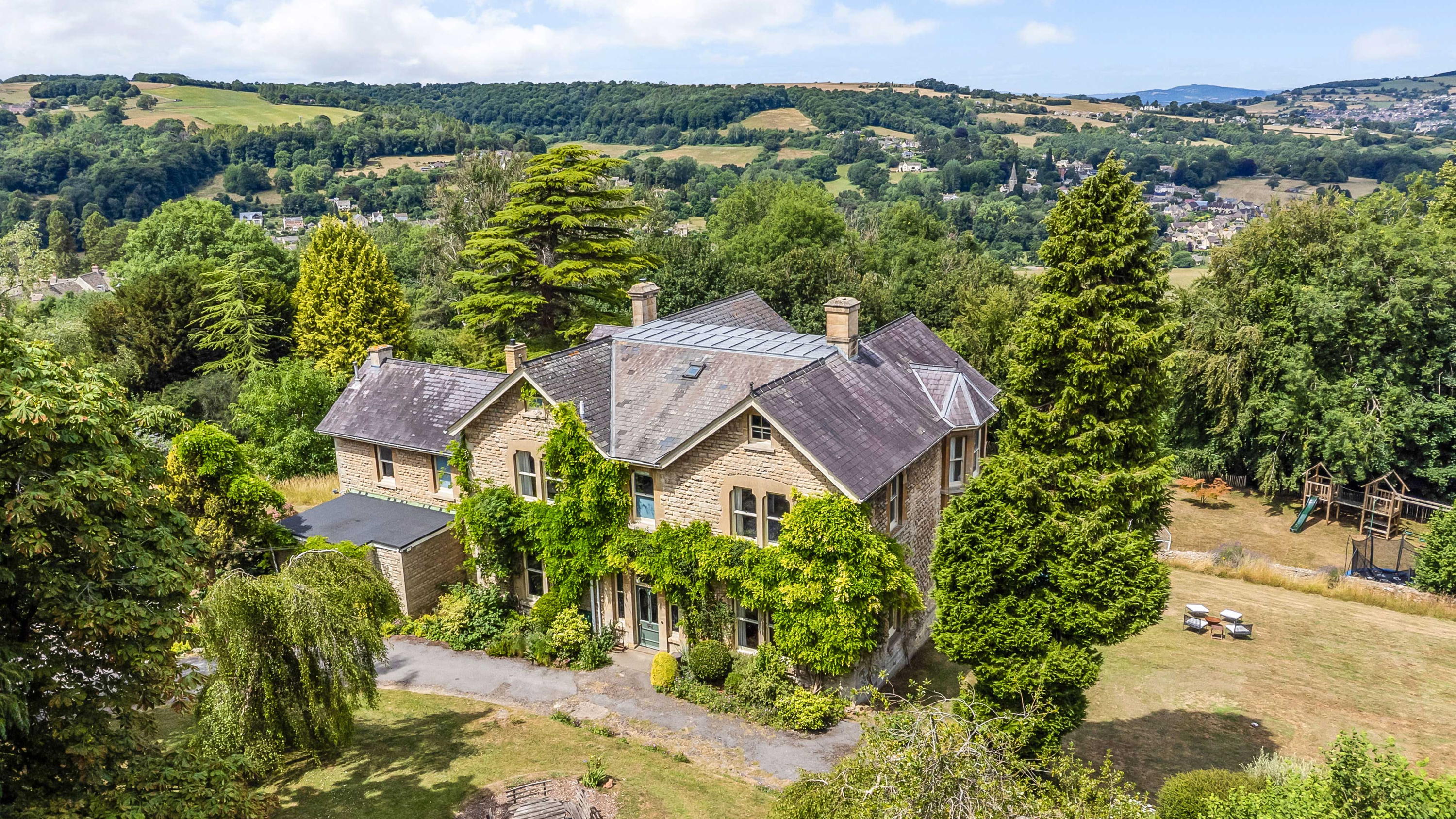
Five homes with their own orchards that will be the apple of your eye (almost literally)
By Arabella Youens
-
Exquisite houses, the beauty of Nature, and how to get the most from your life, straight to your inbox.
People & Places
-
-

The most beautiful city in Britain, according to AI
-
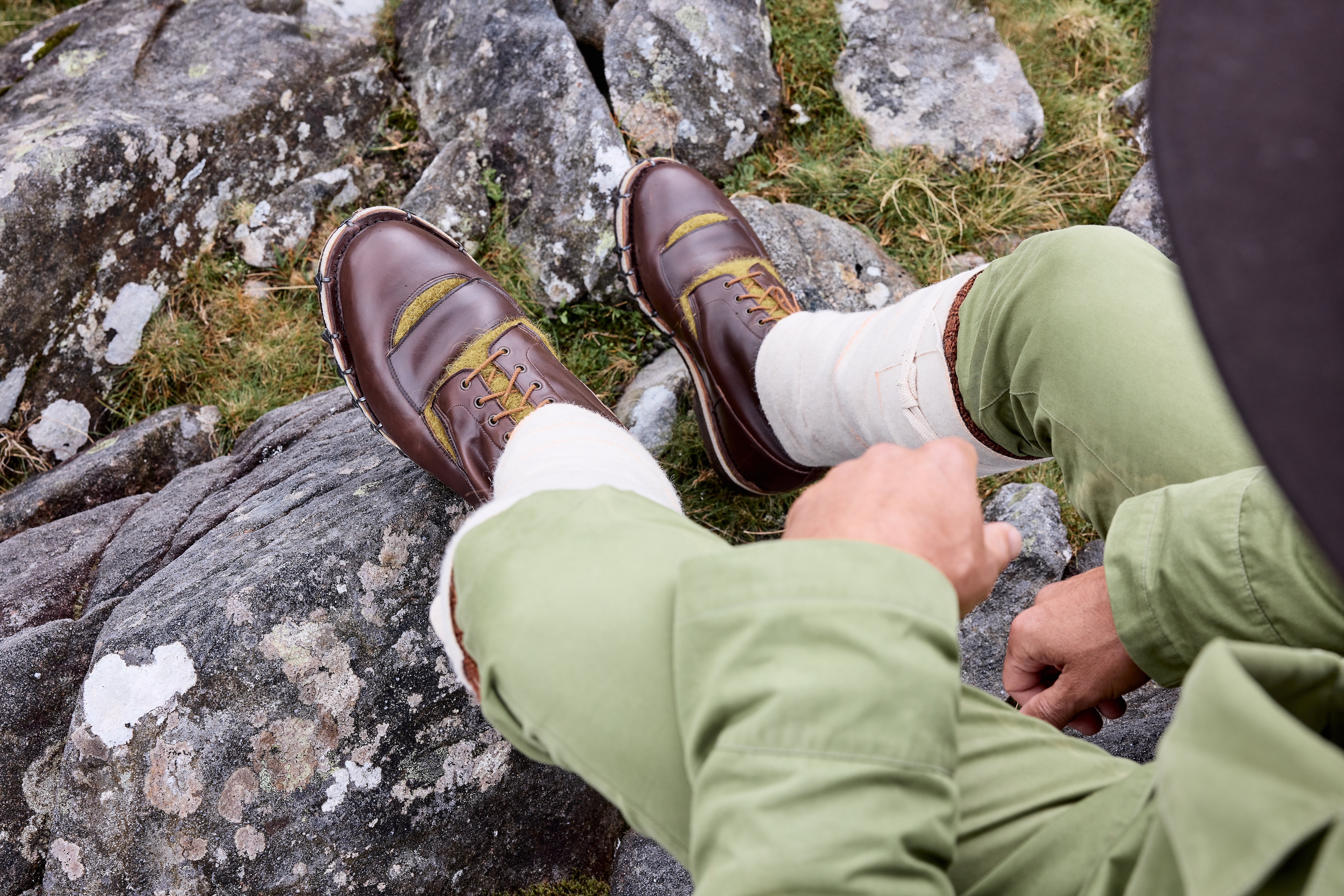
These boots were made for walking (up Mount Everest, 101 years ago): How identical twin brothers plan to test George Mallory's shoes against modern-day mountaineering kit
-

How American political refugees, economic migrants and devoted Anglophiles are transforming London
-

Ella Fitzgerald's Cote d'Azur suite is now a magnificent apartment in the Art Deco hotel where Churchill, Coco Chanel and Hemingway once lived the high life
-
Property
View all Property-

A flat for sale in the building where Agatha Christie lived, and it's both the most interesting and most affordable home for sale in Hampstead today
By Toby Keel
-
-

Five homes with their own orchards that will be the apple of your eye (almost literally)
By Arabella Youens
-
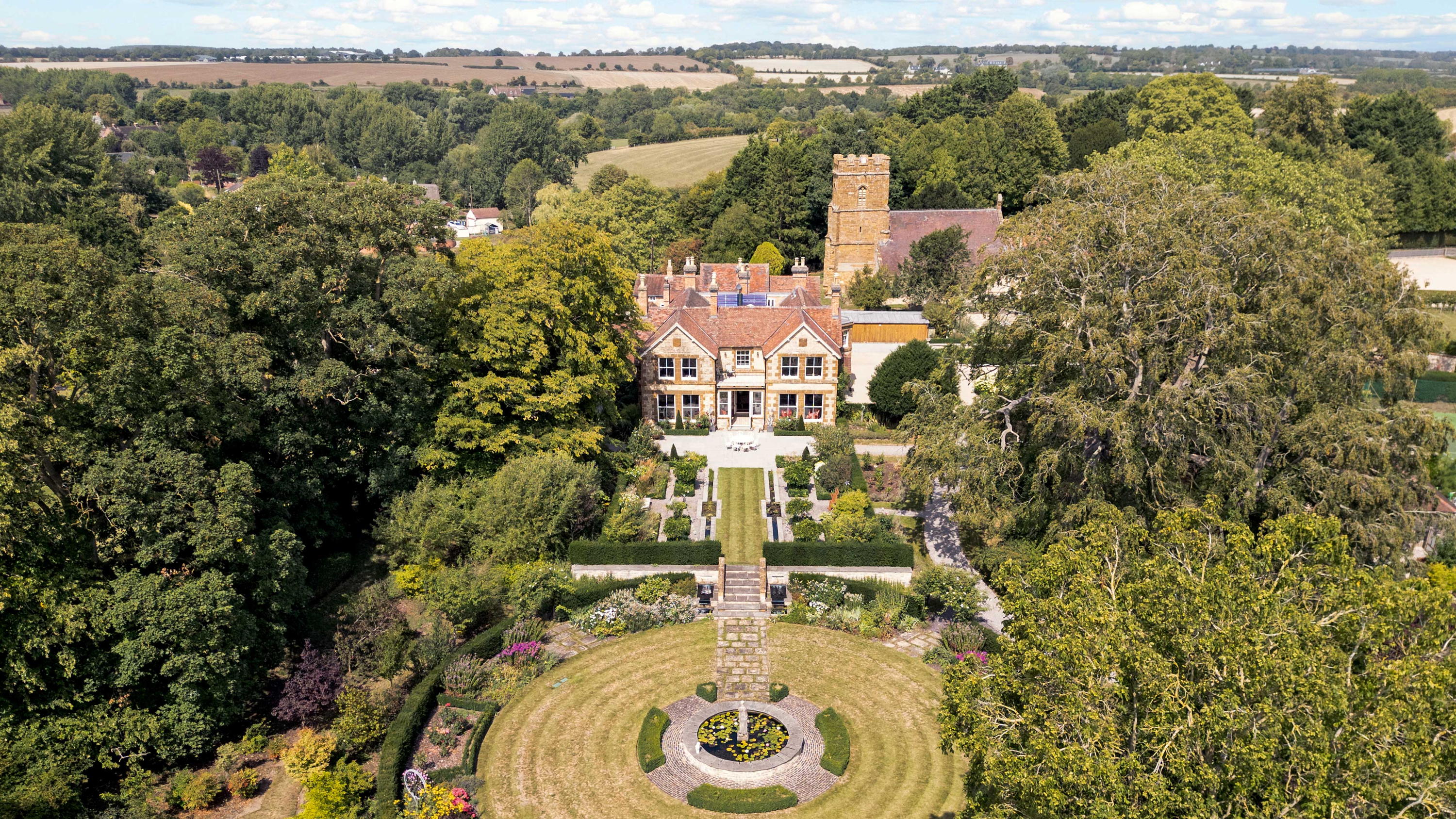
A beautiful Victorian vicarage that was home to one of the Cadbury family heiresses is on the market
By Penny Churchill
-

An outrageously opulent mansion in London's answer to Beverly Hills, with a gym that 'wouldn't look out of place in a 7* hotel'
By Annabel Dixon
-
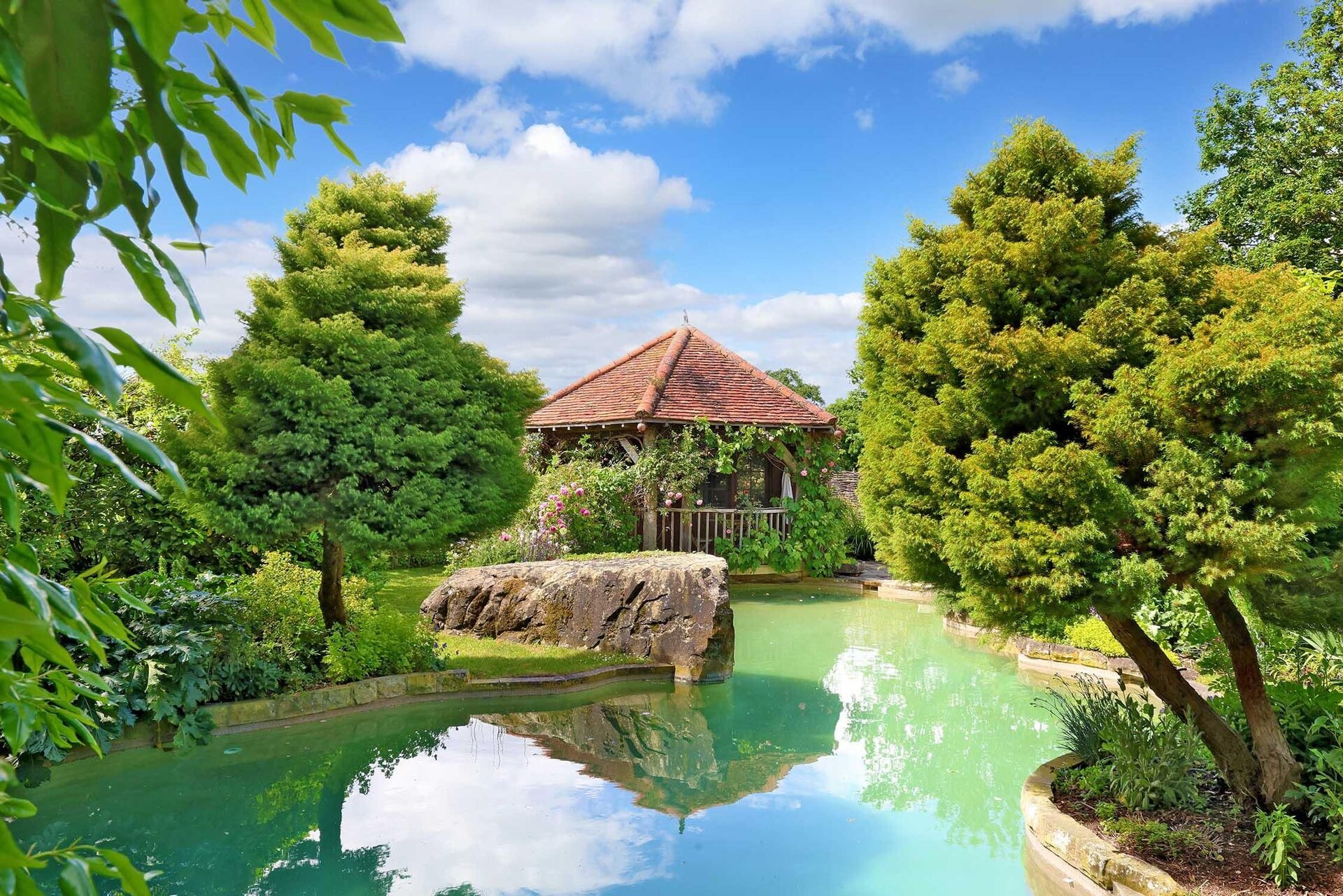
Six homes with fantastic features, from pools and paddocks to waterside settings, as seen in Country Life
By Toby Keel
-

Queen Victoria's chaplain's house on the Isle of Wight is for sale, and it's a riot of colour, charm and joy
By Penny Churchill
-

An Art Deco masterpiece with five-bedrooms, a private pool, a cinema, a helipad and the ability to conquer oceans
By James Fisher
-
Our expert voices
Interiors
View All Interiors-
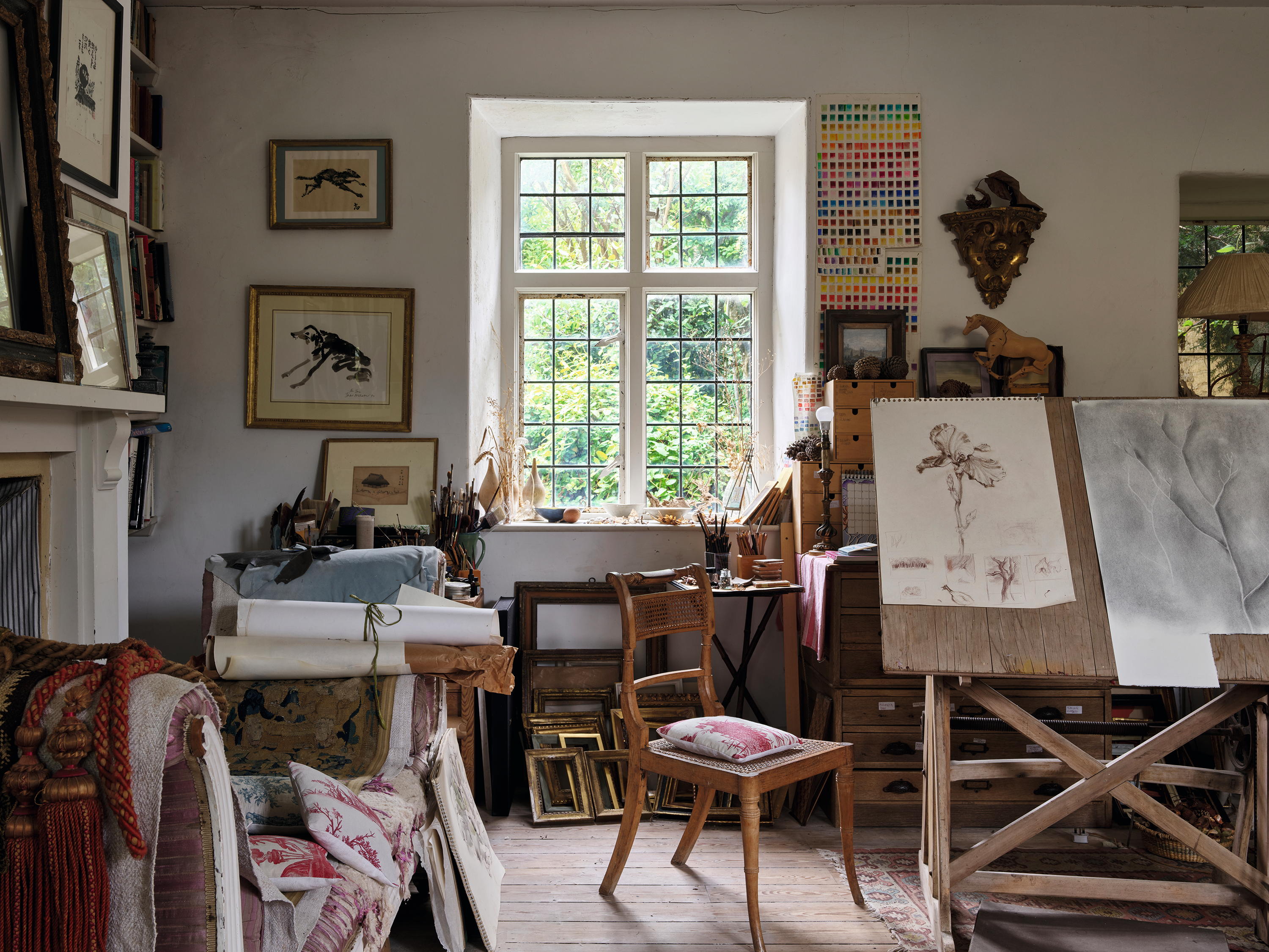
A derelict school turned into a gorgeous home with 'an interior of harmony and visual éclat'
By John Martin Robinson
-
-
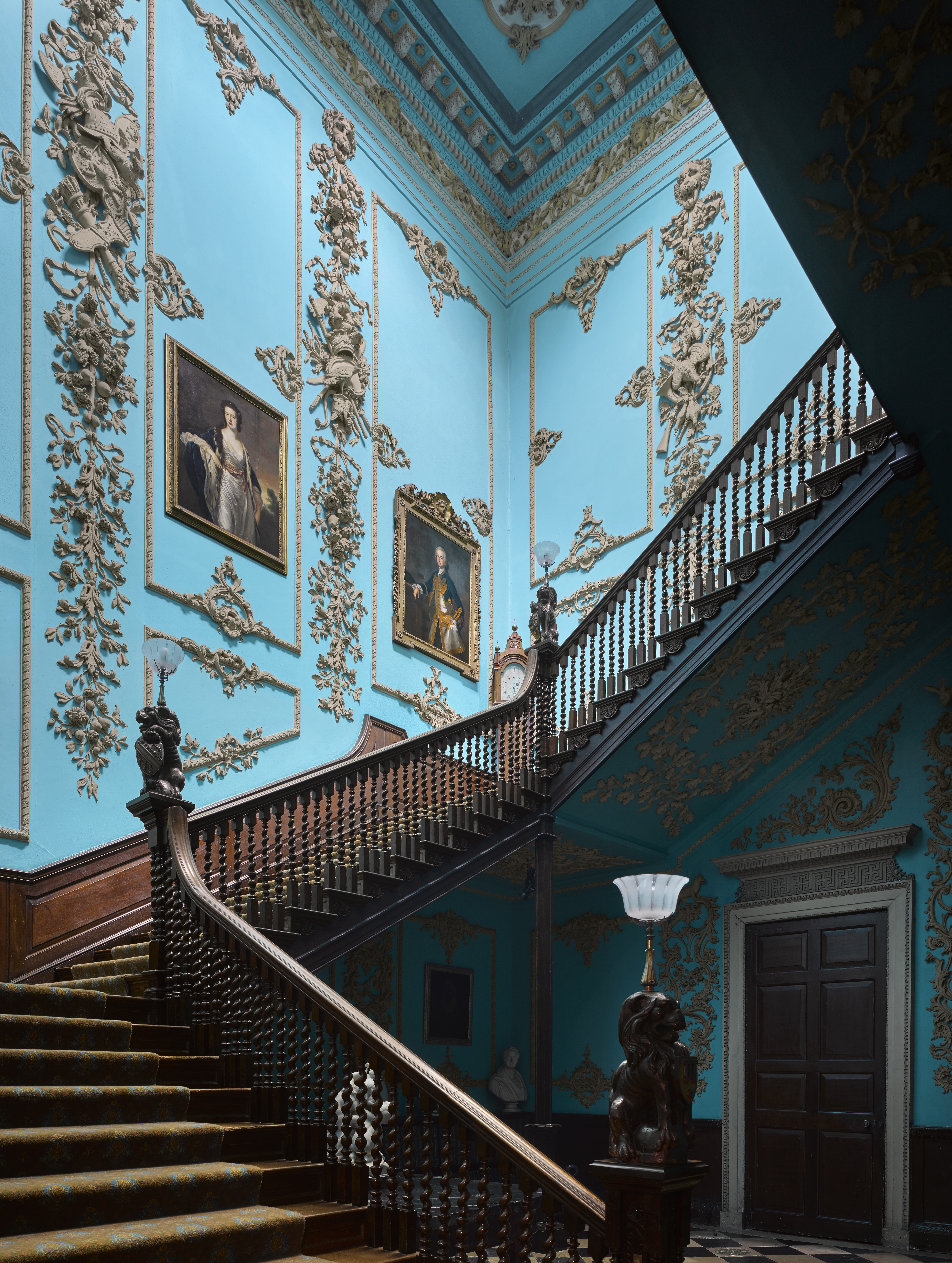
Nine of Britain's most beautiful staircases, as seen in the pages of Country Life
By Melanie Bryan
-

Interiors of excellence: all the events and inspiration you can't miss
By James Fisher
-

The Mitford family once called this handsome Cotswolds house a home — and it inspired Nancy's greatest novel
By Mary Miers
-

How shoe designer Penelope Chilvers transformed two adjacent rooms into a spacious kitchen
By Arabella Youens
-
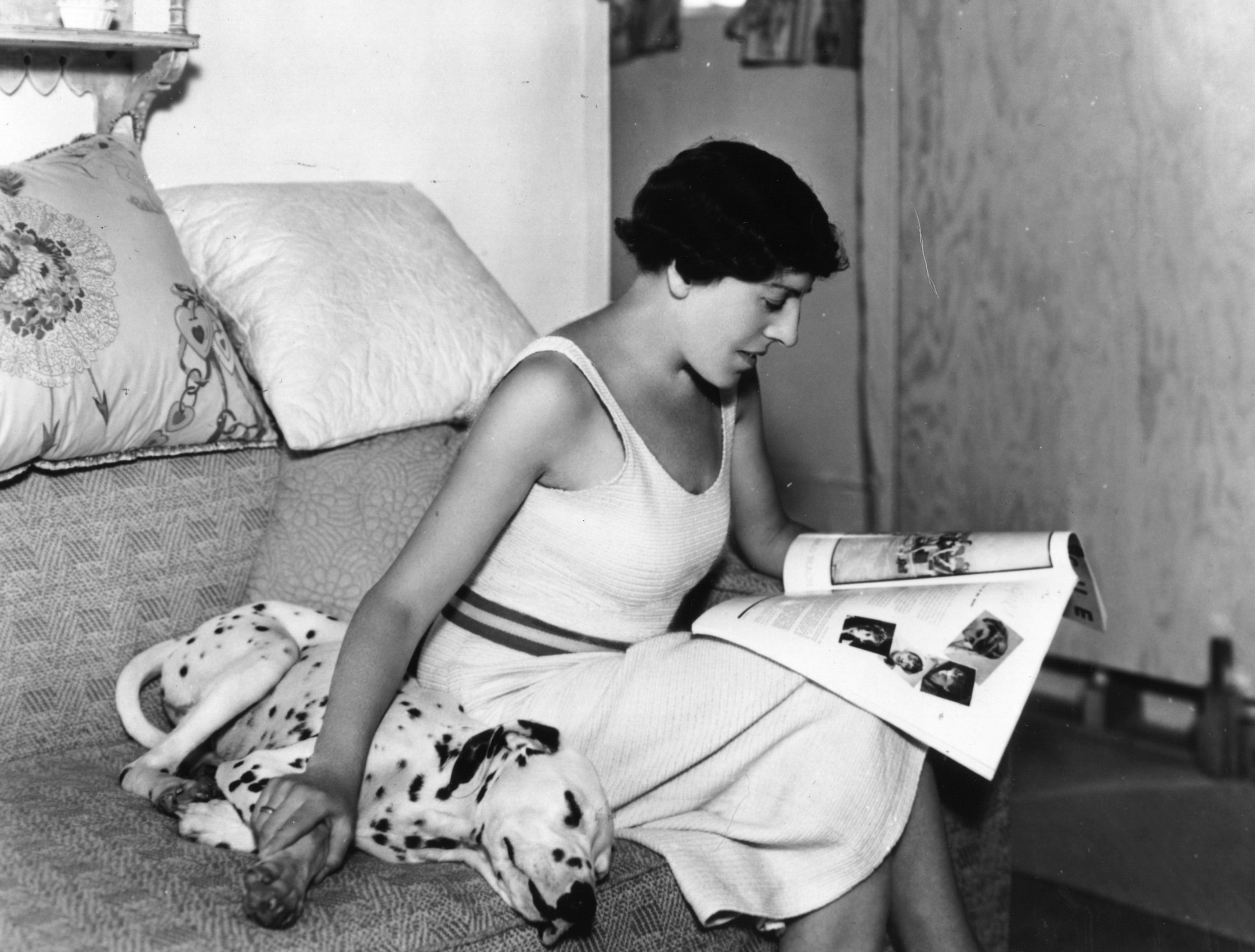
Country Life's never-before-published photographs of ‘101 Dalmatians’ author Dodie Smith's London flat
By Melanie Bryan
-
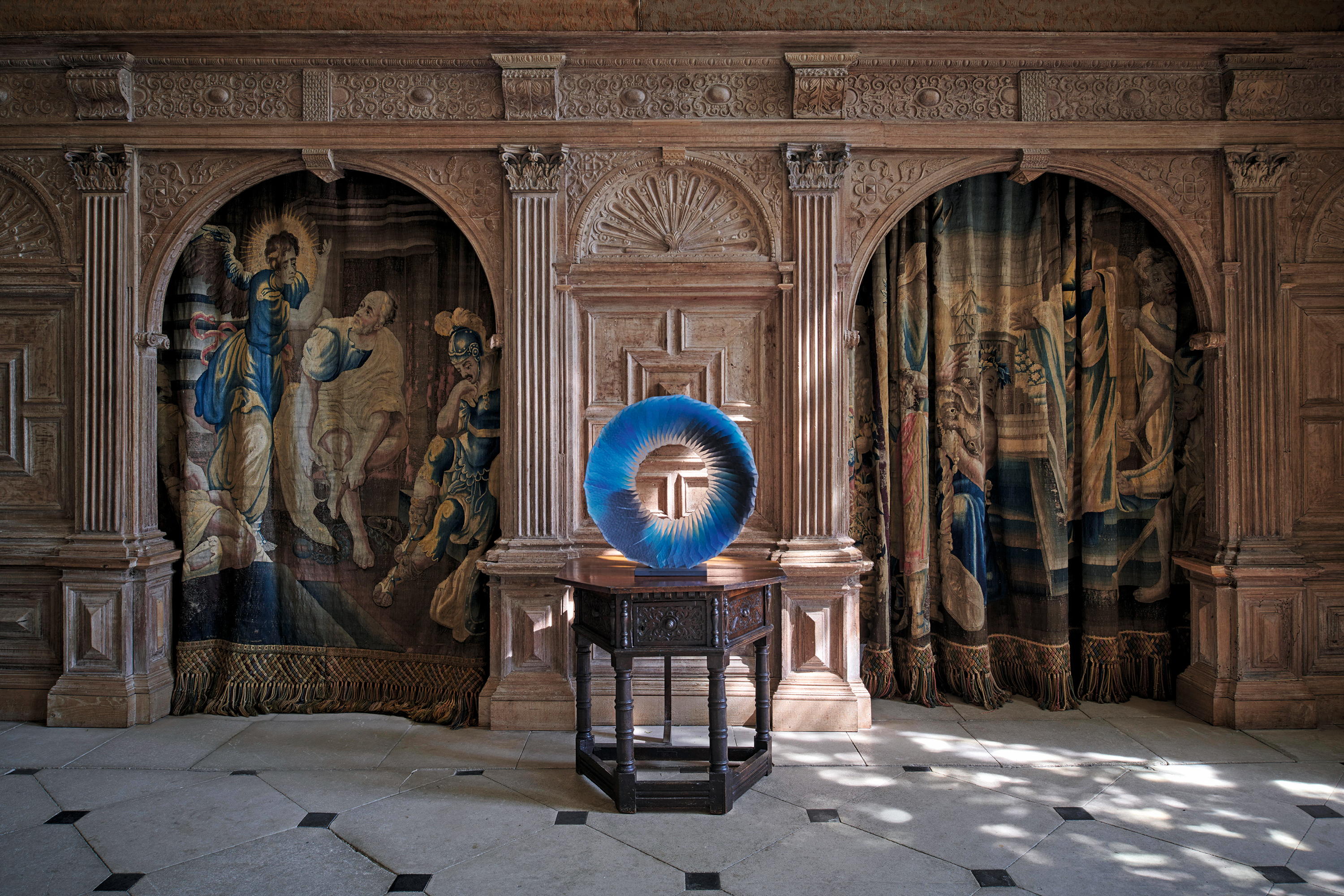
Giles Kime: 'Why contemporary art should become a feature of everyday life'
By Giles Kime
-
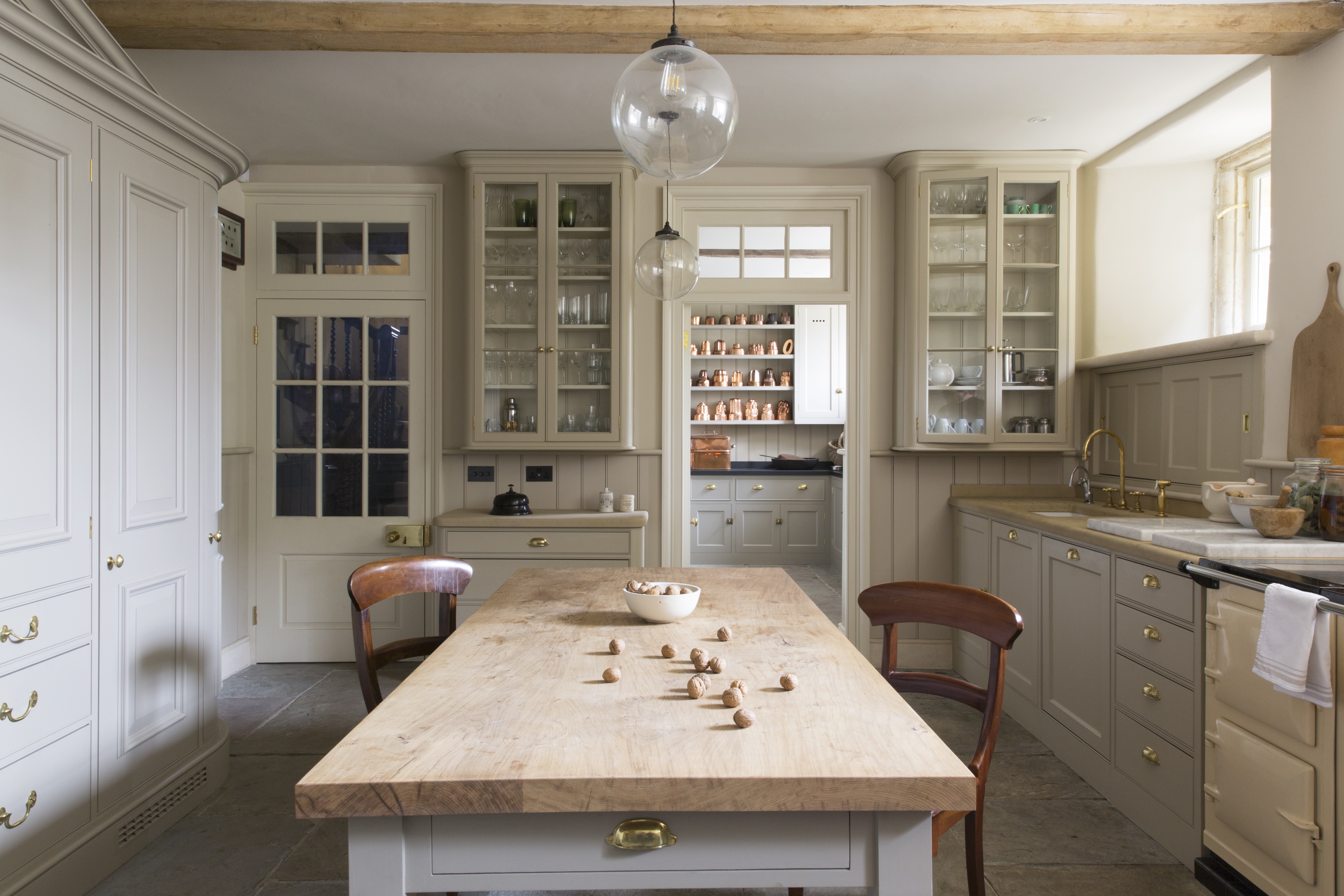
The designer's room: This kitchen in a Queen Anne-style home is proof that pretty and practical can go hand in hand
By Arabella Youens
-
LIFE & STYLE
View All LIFE & STYLE-
-

Sophia Money-Coutts: My family WhatsApp is already banging on about Christmas arrangements. Can I leave the group?
By Sophia Money-Coutts
-

Vested interest: The history of the waistcoat
By Simon Mills
-

The Glovebox: The fastest coffee shop on four wheels
By James Fisher
-
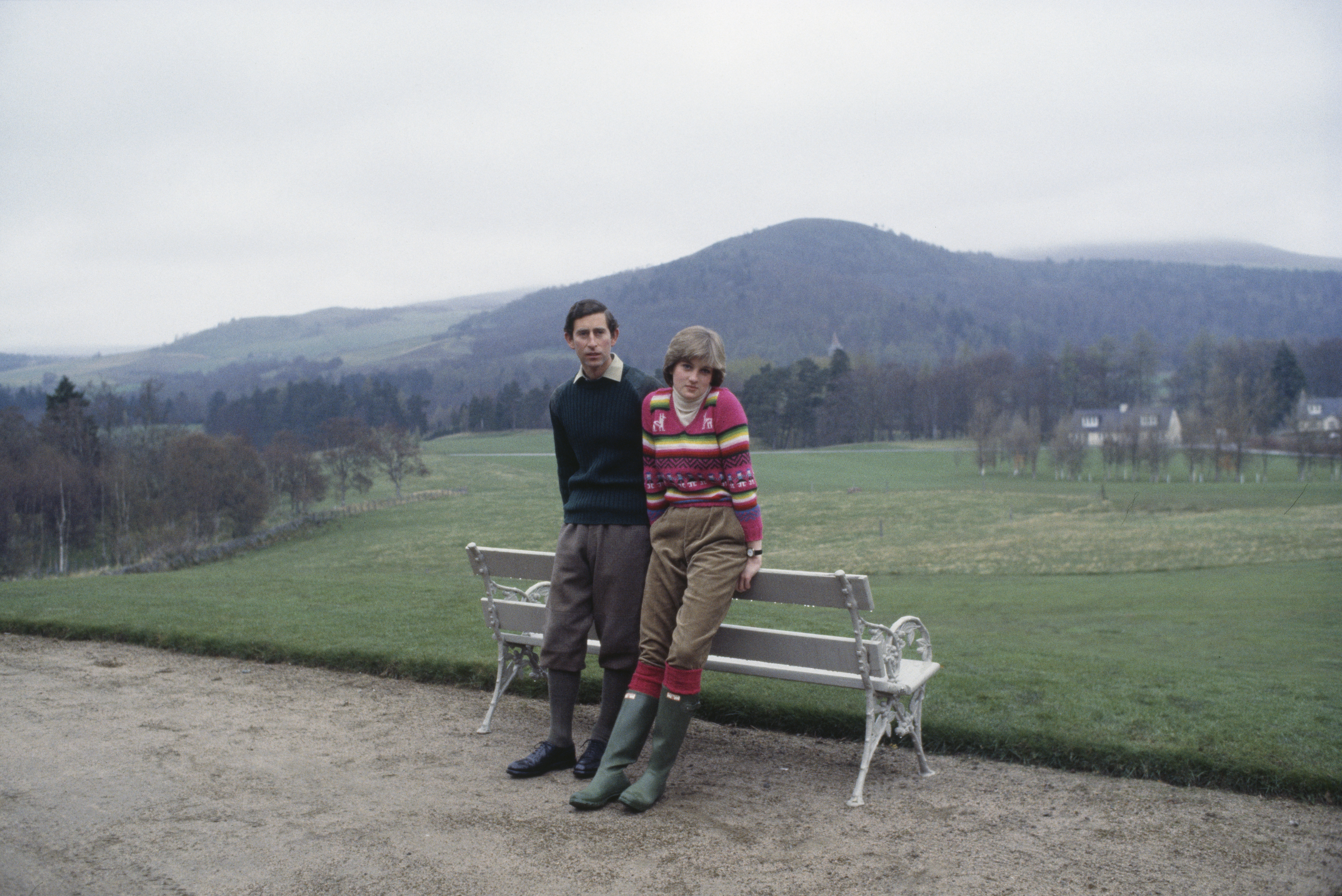
Sophia Money-Coutts: A snob's guide to wellies
By Sophia Money-Coutts
-
COUNTRYSIDE
View All THE COUNTRYSIDE-
-
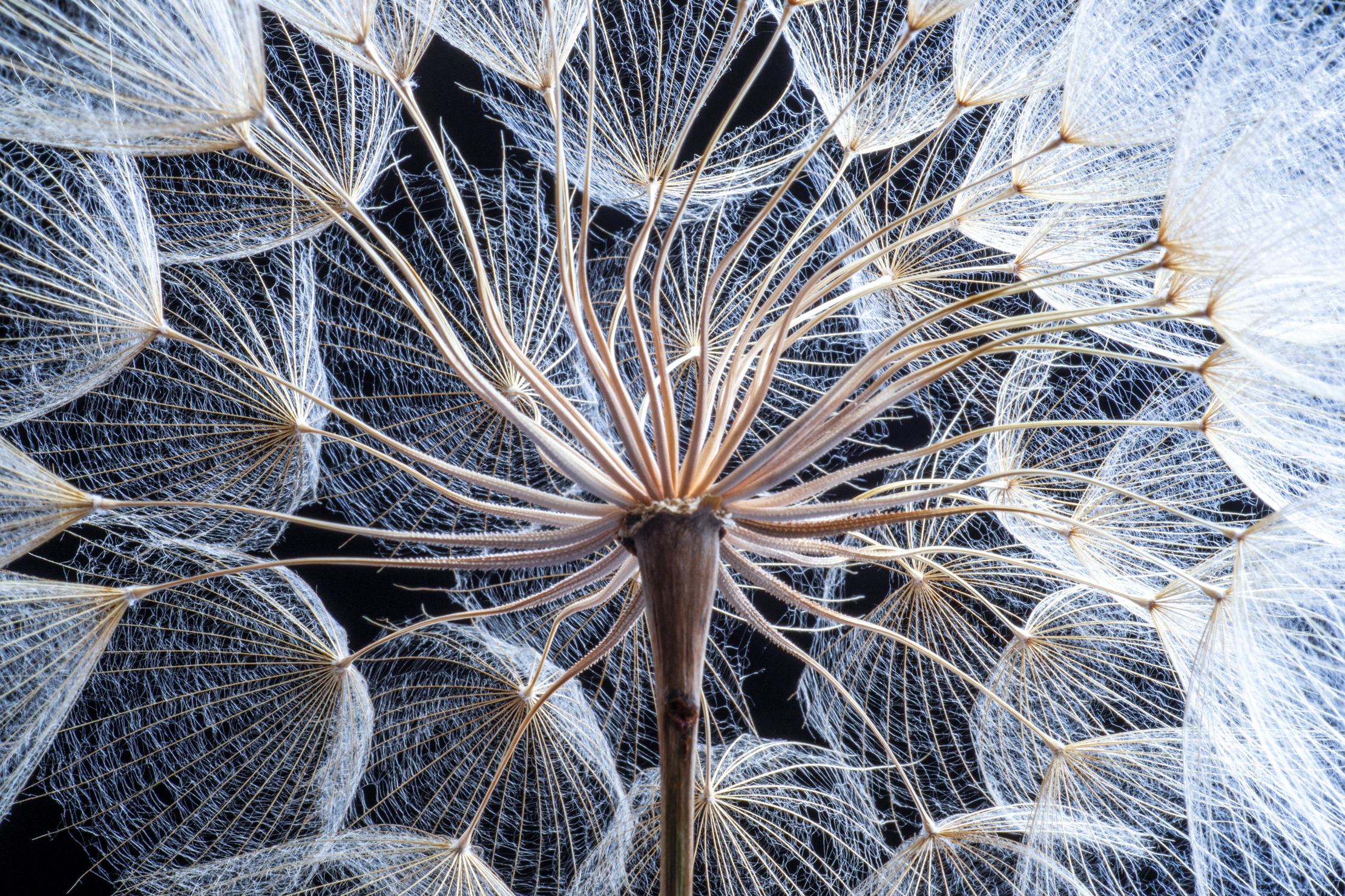
The secret life of seeds: The little wonders that sustain all life on Earth
By John Lewis-Stempel
-
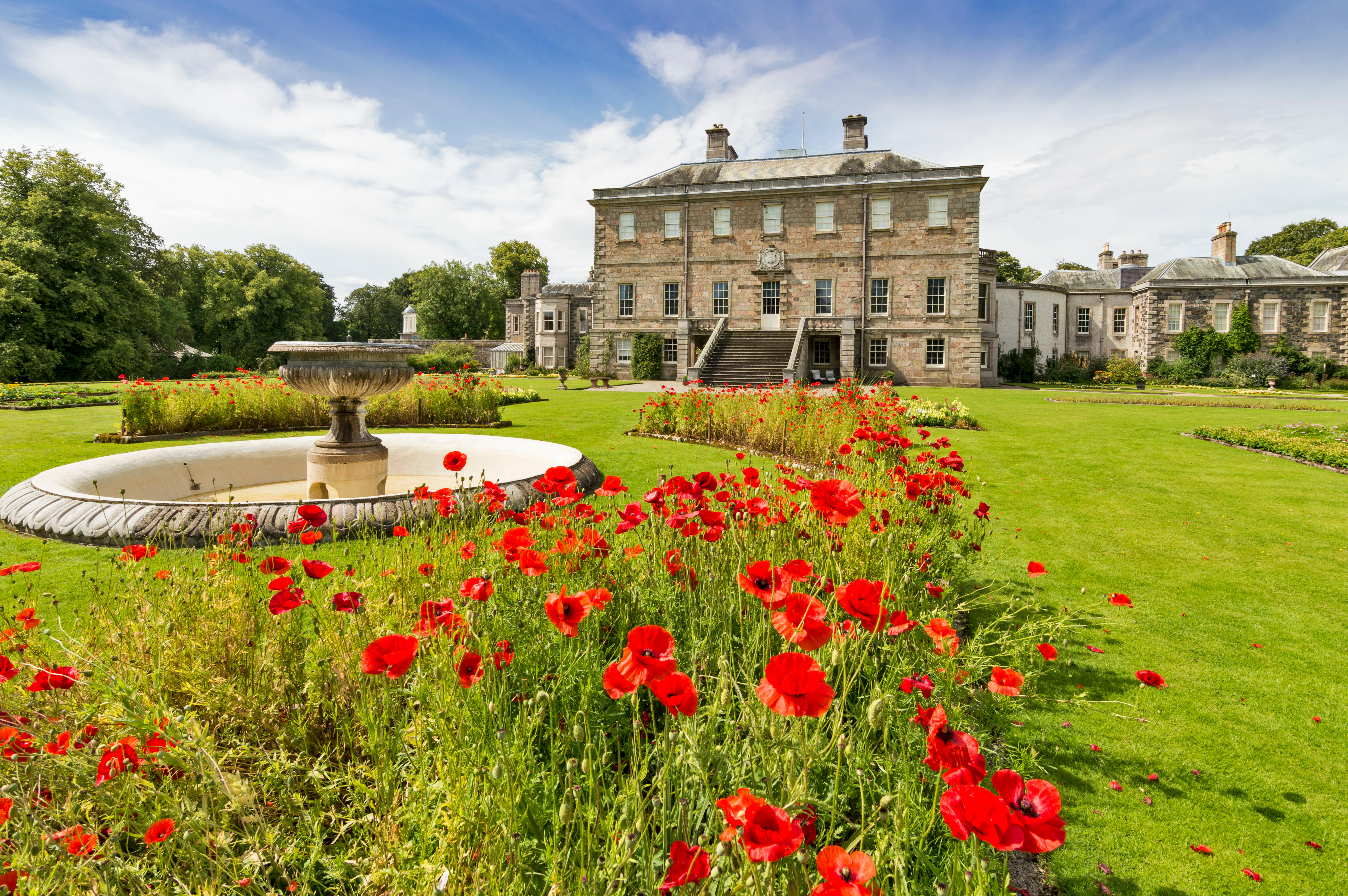
Do not be afraid of this bodysnatching fungi that lives on a lawn in Scotland
By James Fisher
-
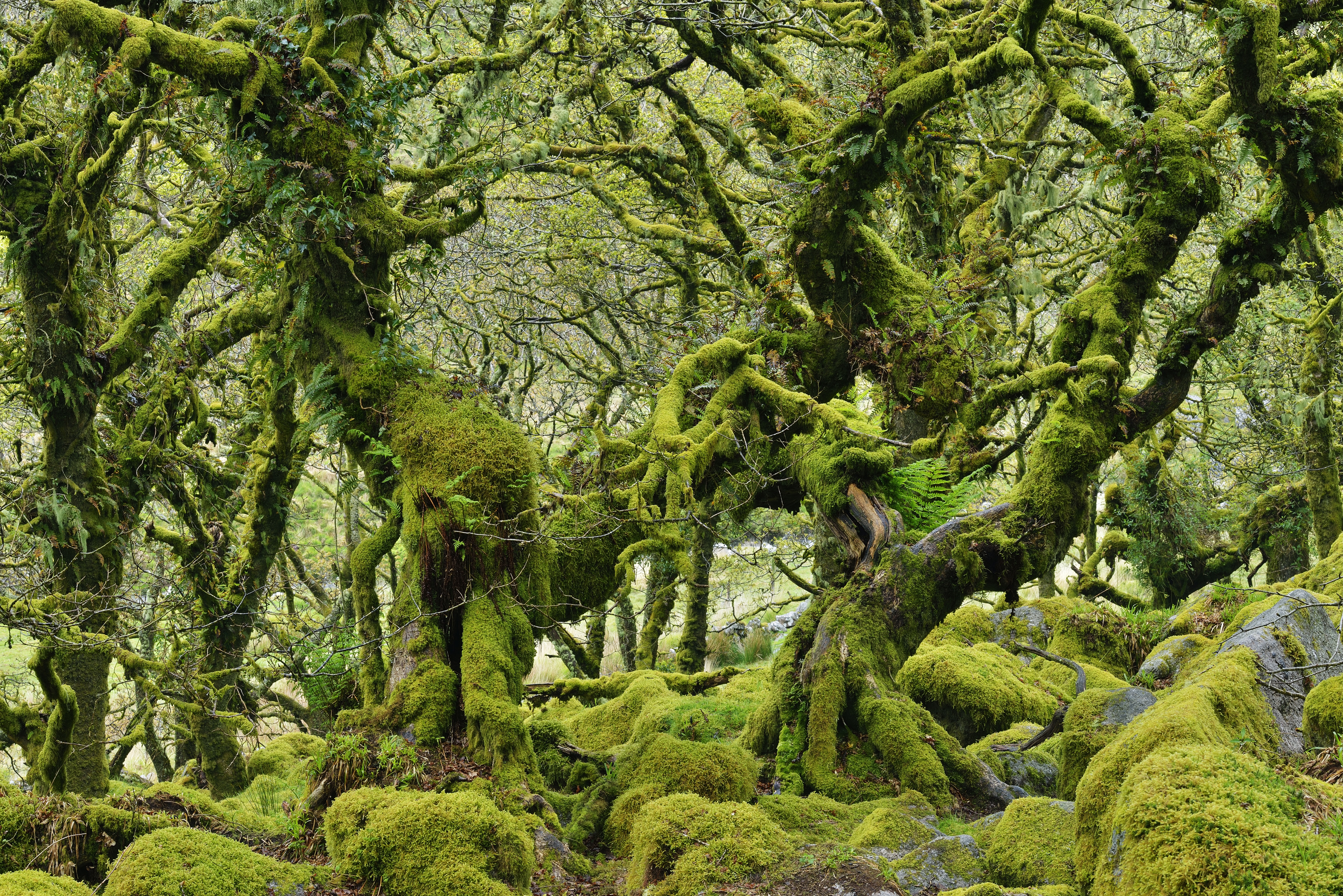
Temperate rainforests are being planted all over Britain — what are they and why do we need them?
By Lotte Brundle
-
Gardens
View All Gardens-
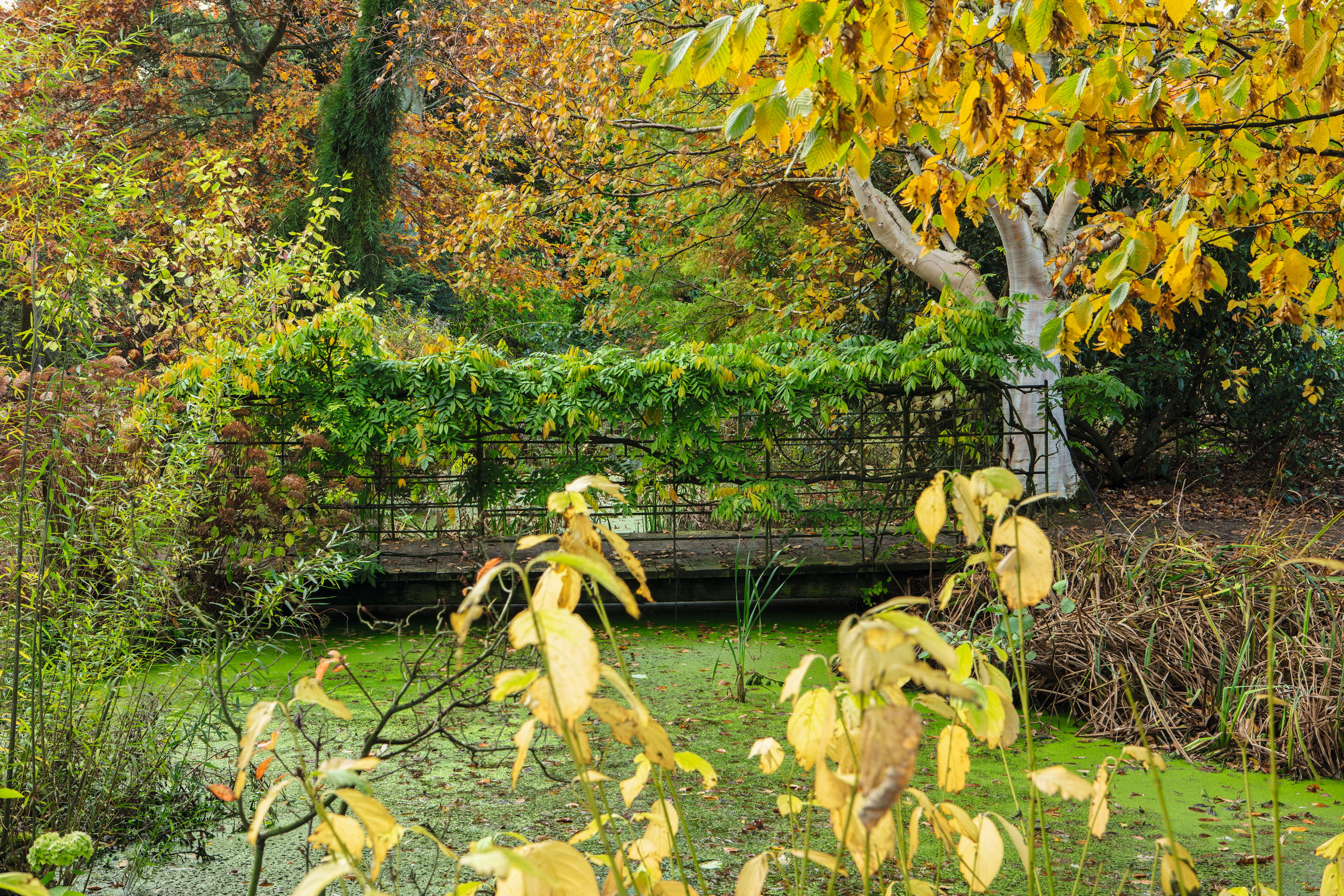
The arboretum that's been 30 years in the making by a dedicated, passionate family who are dreaming of what it could be in 3,000 years' time
By Charles Quest-Ritson
-
-
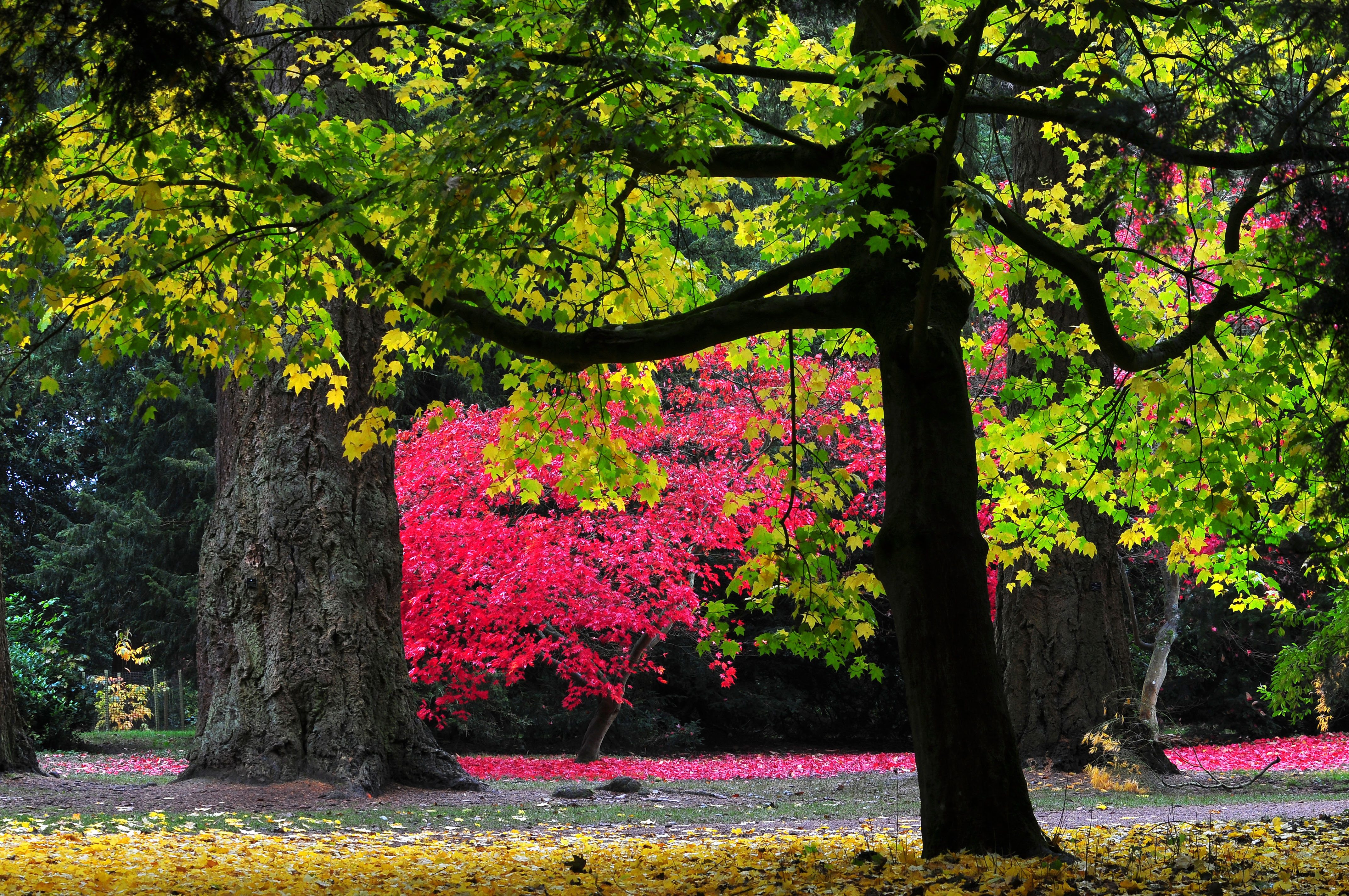
The one website about trees and shrubs that everyone needs to know about
By Charles Quest-Ritson
-
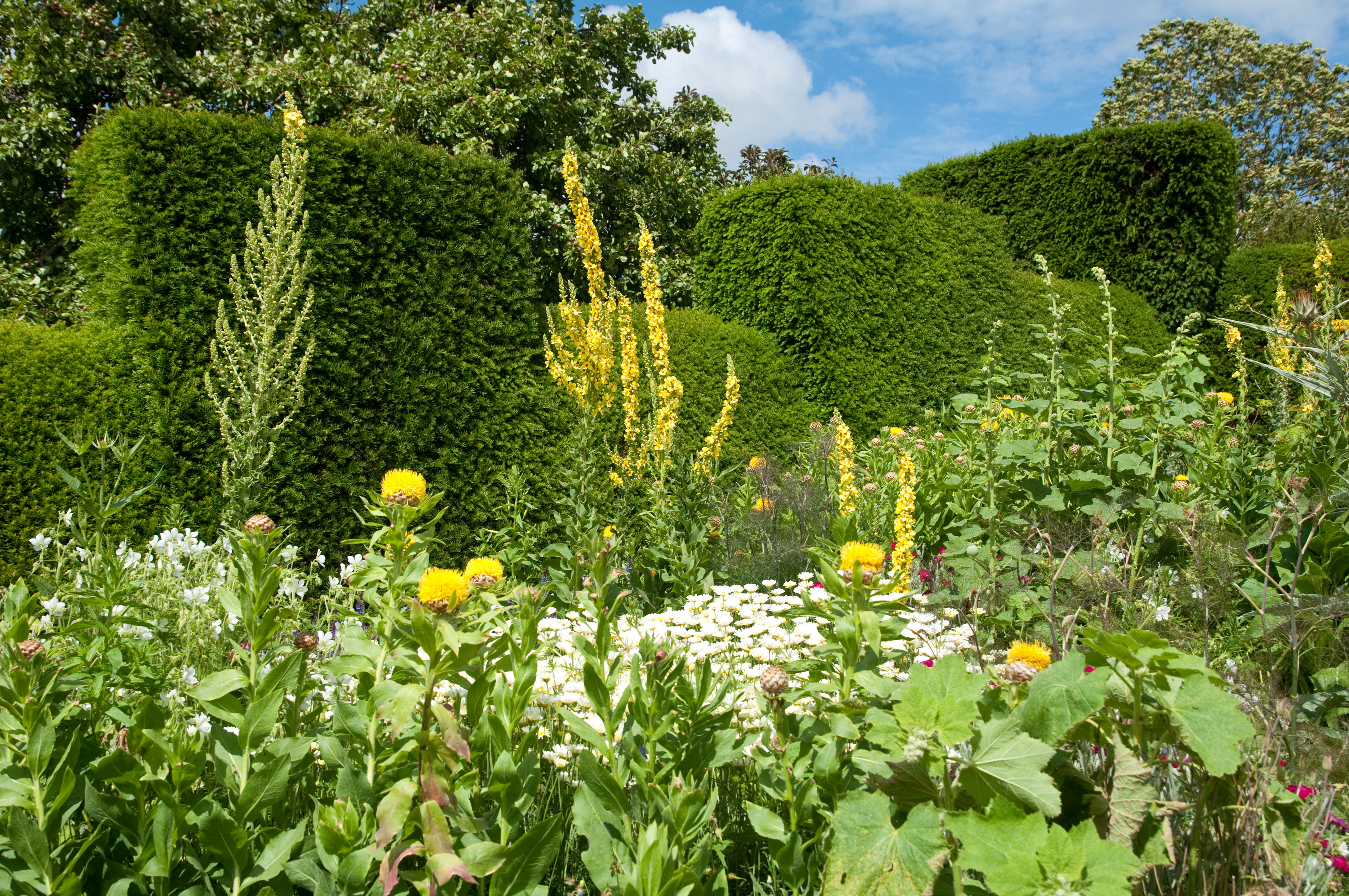
'Nature's loo roll': Verbascum, one of the most curious — and useful — plants you'll find in an English country garden
By Ian Morton
-
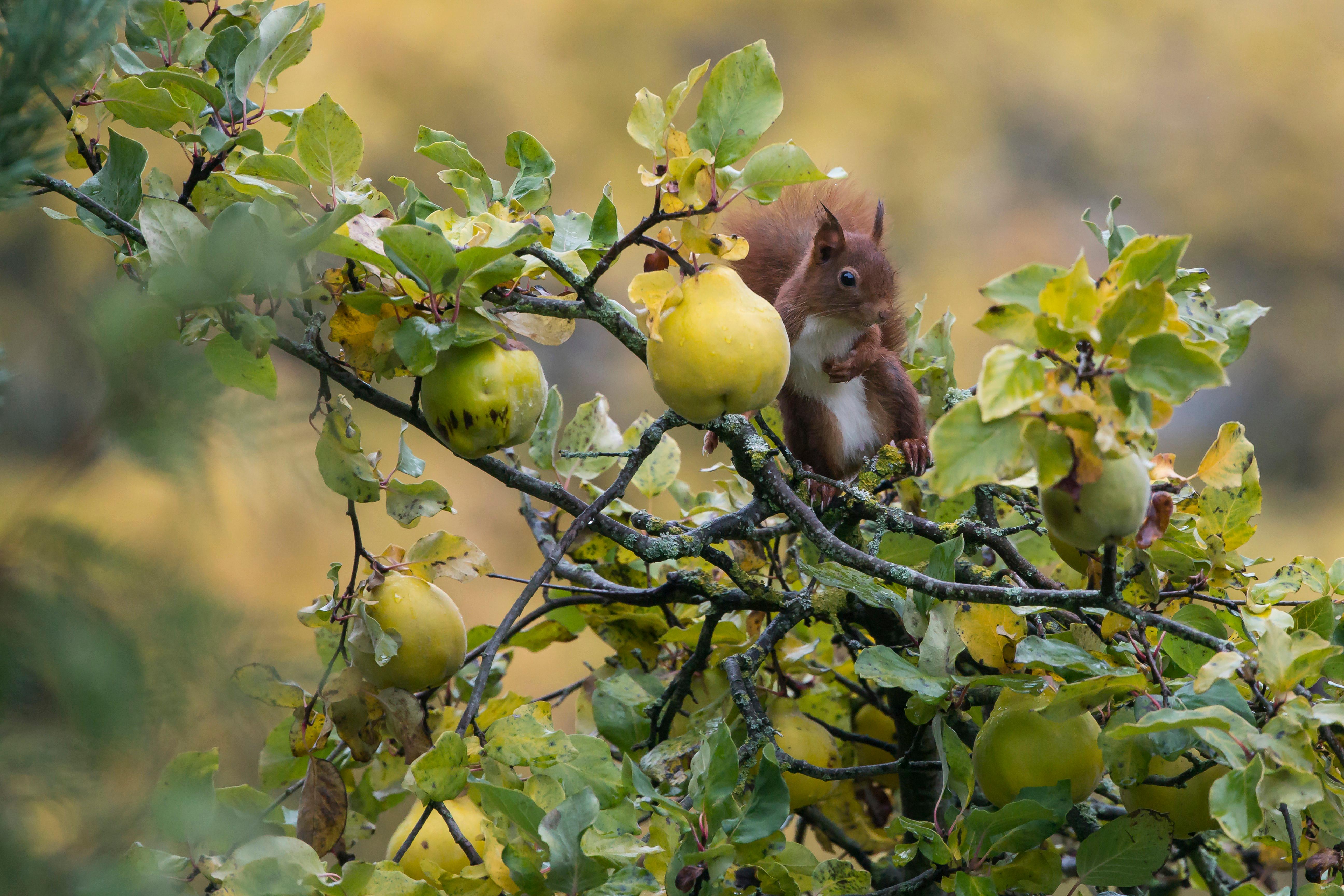
'There is only a handful of fruit trees I’d grow for their non-edible charms — quince is one'
By Mark Diacono
-
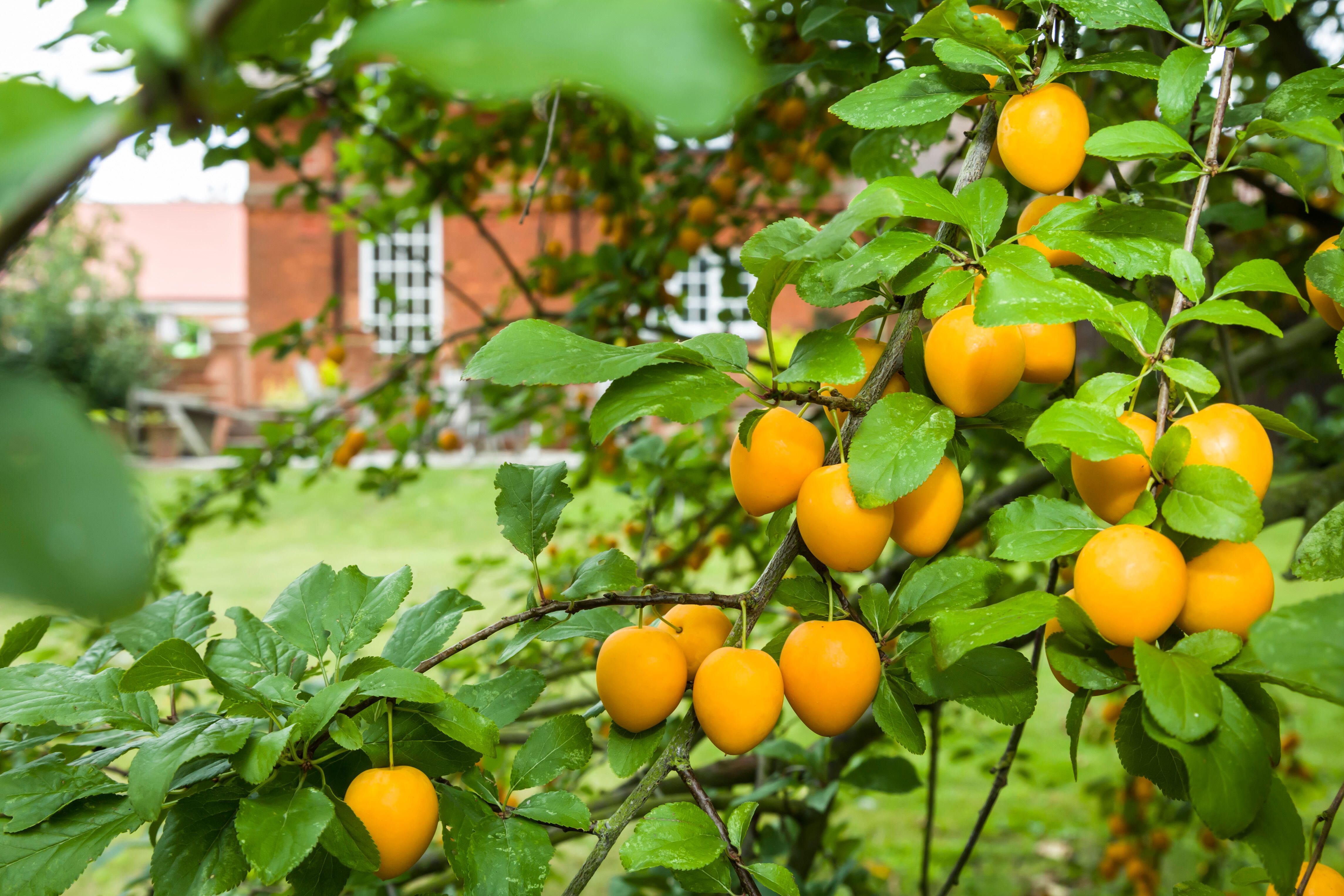
Everything you could ever want to know about growing, eating and cooking plums
By Charles Quest-Ritson
-

'Knowledge, energy, creativity and enthusiasm... He's a sensation': Meet the golden boy of English horticulture
By Charles Quest-Ritson
-
ART & CULTURE
View all ART & CULTURE-
-

Nine of Britain's most beautiful and awe-inspiring painted ceilings from the Country Life archive
By Melanie Bryan
-

‘One remembers not to give the Queen a thump of joyful friendliness’: Remembering Norman Parkinson — revolutionary fashion photographer and Cecil Beaton’s only homegrown rival
By Robin Muir
-

Tim Knox, director of the Royal Collection, charts a century of regal taste
By Tim Knox
-
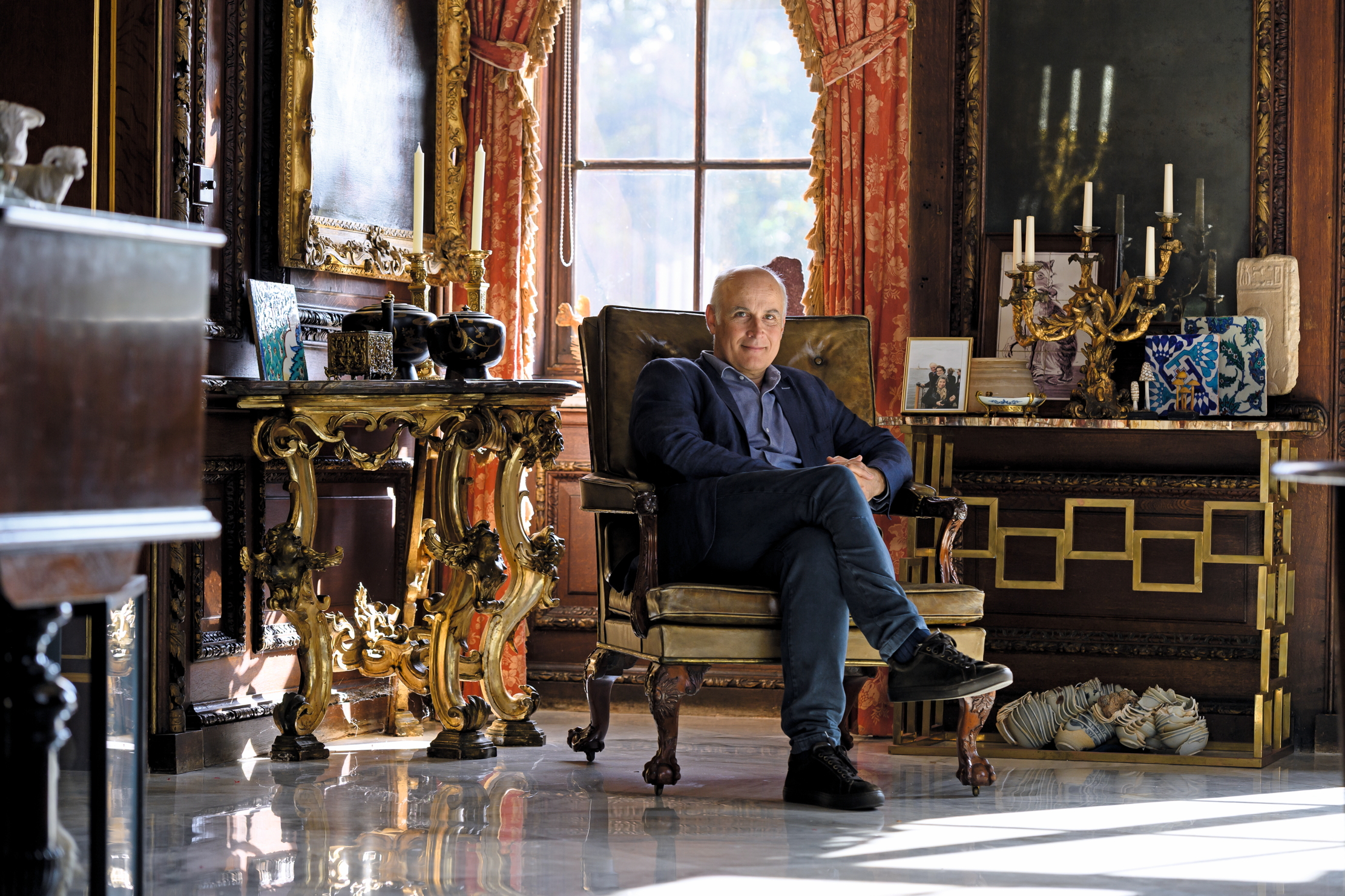
'Each of my active ancestors had the good sense and taste to purchase or commission the outstanding work of their time': Meet the collecting dynasties
By Eleanor Doughty
-
Travel
View All Travel-

Here is where to stay on the ancient stretch of Italian coastline that people in the know are calling 'the new Amalfi'
By Rosie Paterson
-
-

'The sight of my semi-comatose teenage son draped like a rag doll over the back of a mule has left its scars': Pamela Goodman on the perils of high altitude hiking
By Pamela Goodman
-

Furs class travel: The hotels, superyacht designers and airlines setting new standards for pet-friendly travel
By Richard MacKichan
-

What is everyone talking about this week: The most beautiful city in Britain, according to AI
By Will Hosie
-

The new rat-pack: the Gen-Z team saving shearwaters and killing invasive species on a remote island in the Irish sea
By Lotte Brundle
-

Adare Manor review: The 19th century Gothic masterpiece that's set to host the 2027 Ryder Cup
By Octavia Pollock
-
Food & Drink
View All Food & Drink-

What is everyone talking about this week? Forget British wine, British olive oil is the next pot of gold
By Will Hosie
-
-
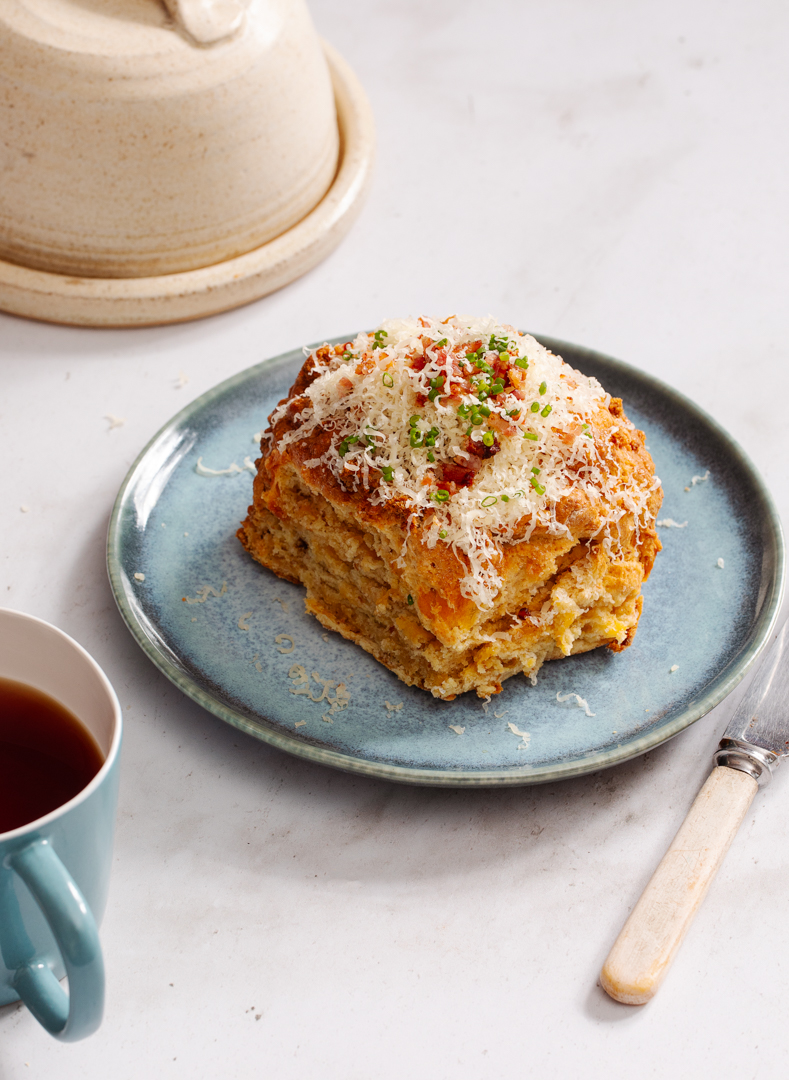
Clare Coghill's indulgent recipe for bacon and Mull Cheddar scones from her debut cookbook
By Clare Coghill
-
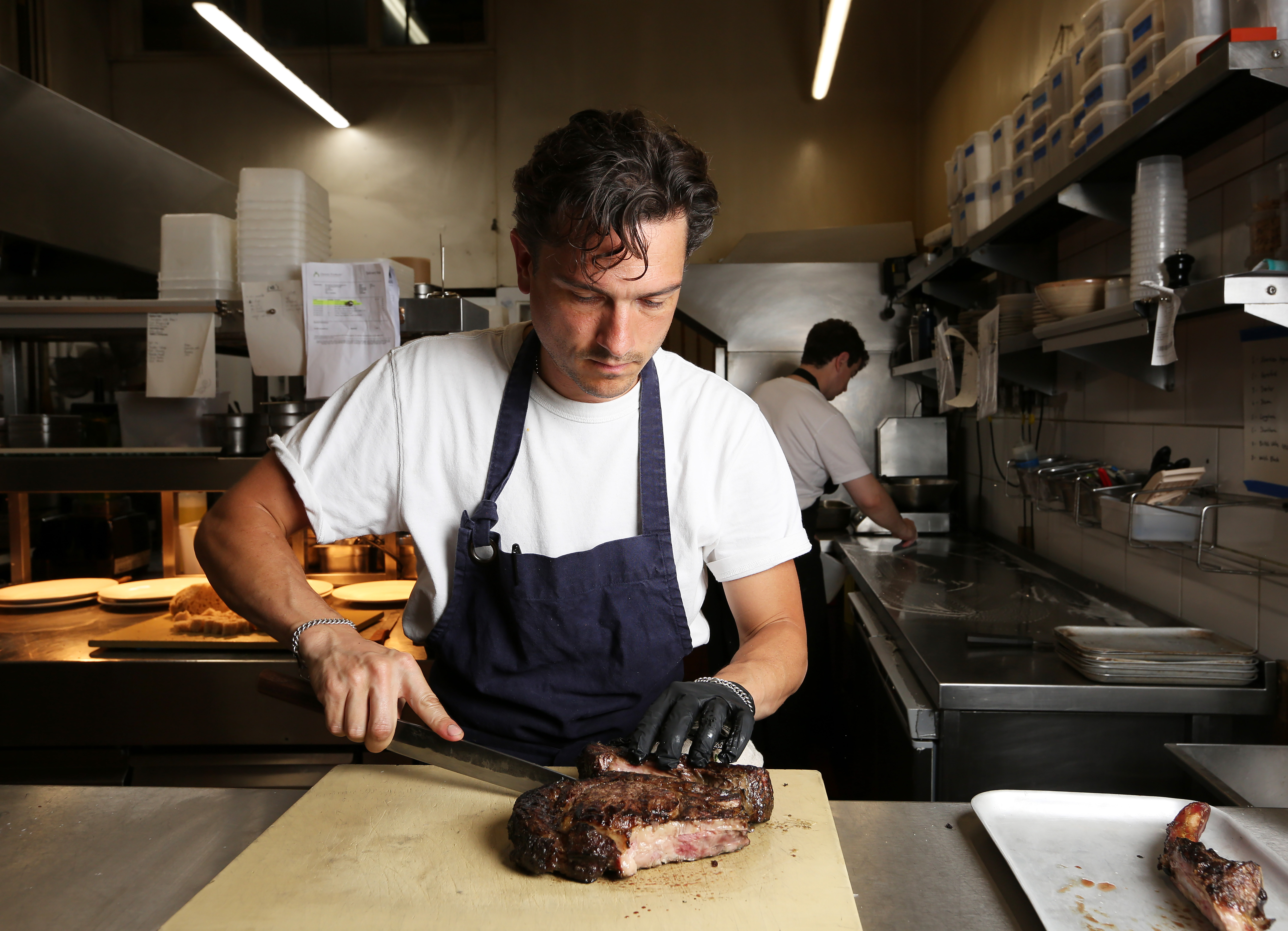
Raising the steaks: Which native animal produces the best beef?
By Will Hosie
-
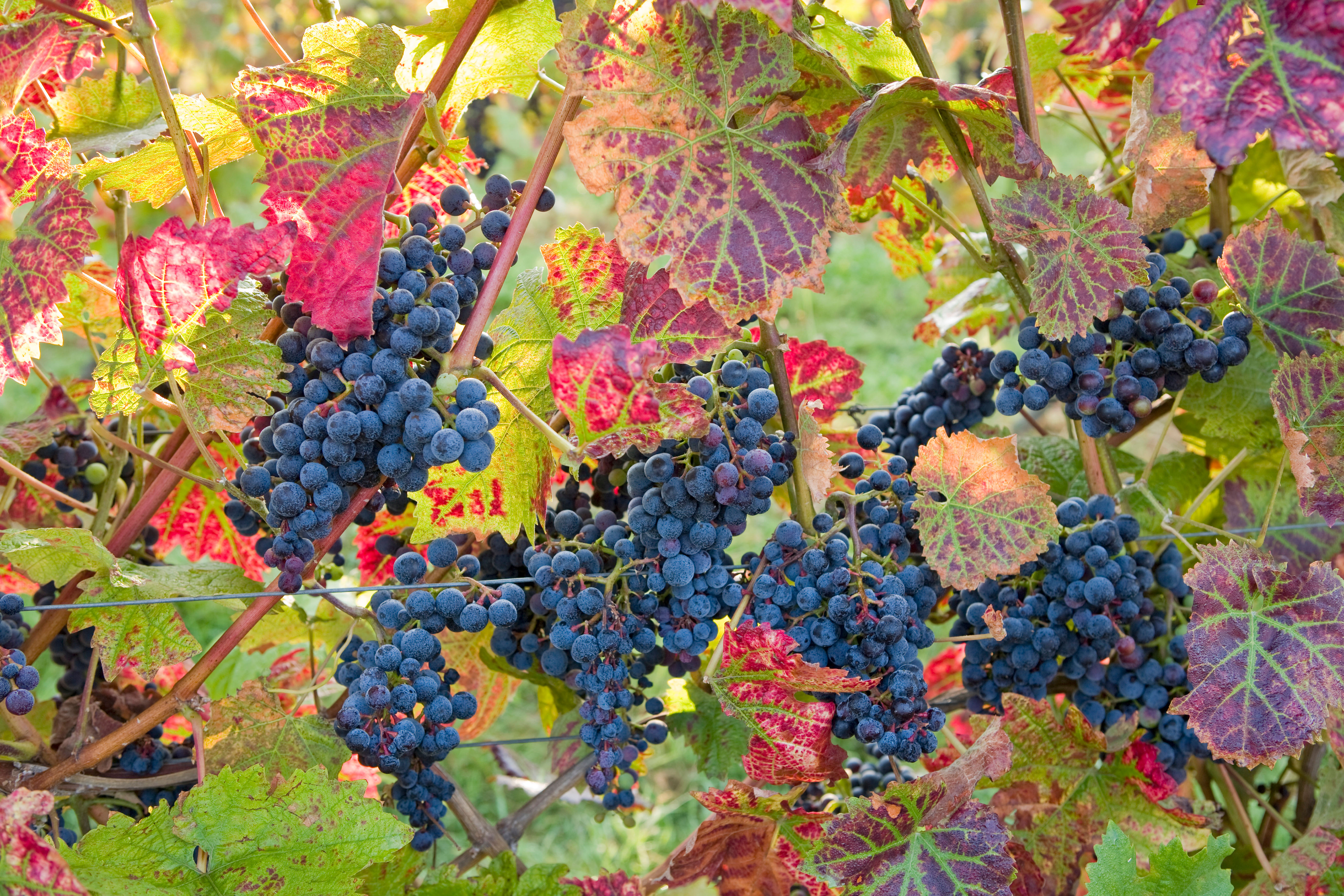
What is everyone talking about this week? Is this British wine’s best year yet?
By Will Hosie
-
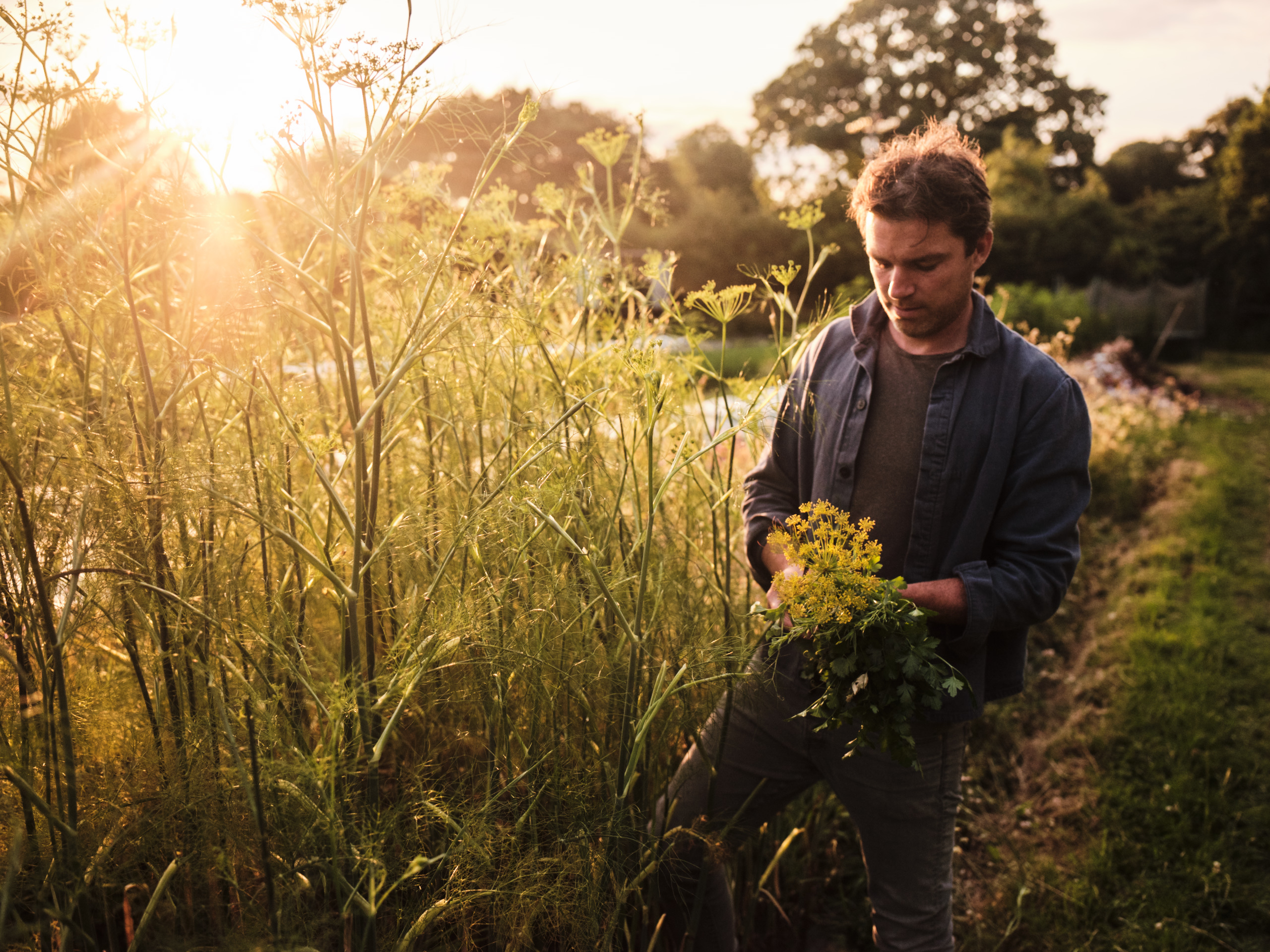
Embrace preserving with Gill Meller and his recipe for bean and apple chutney
By Gill Meller
-
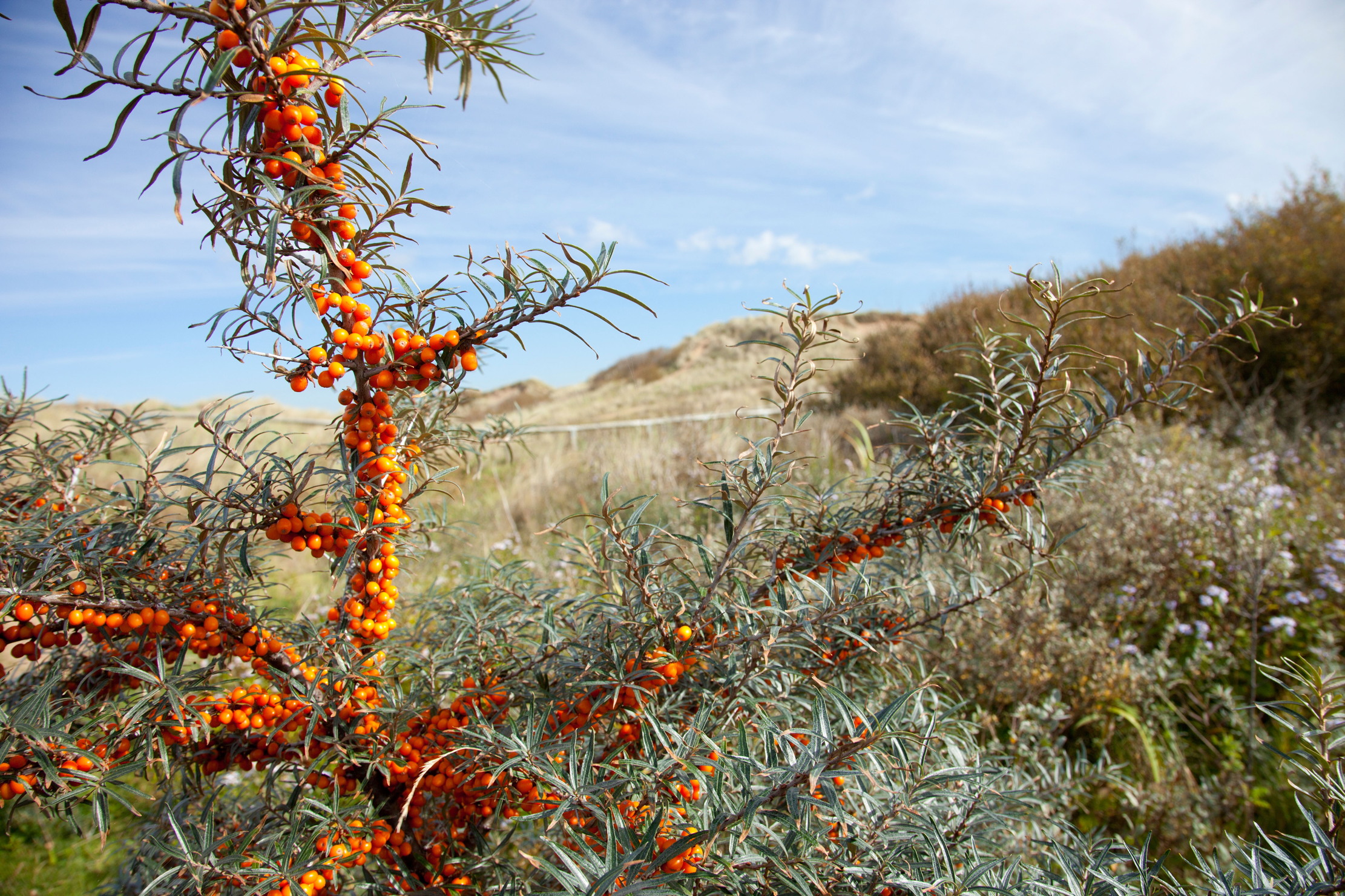
Nibbling at wild fruit is in our bones, so here's how to harvest the finest hedgerow bounty
By John Wright
-
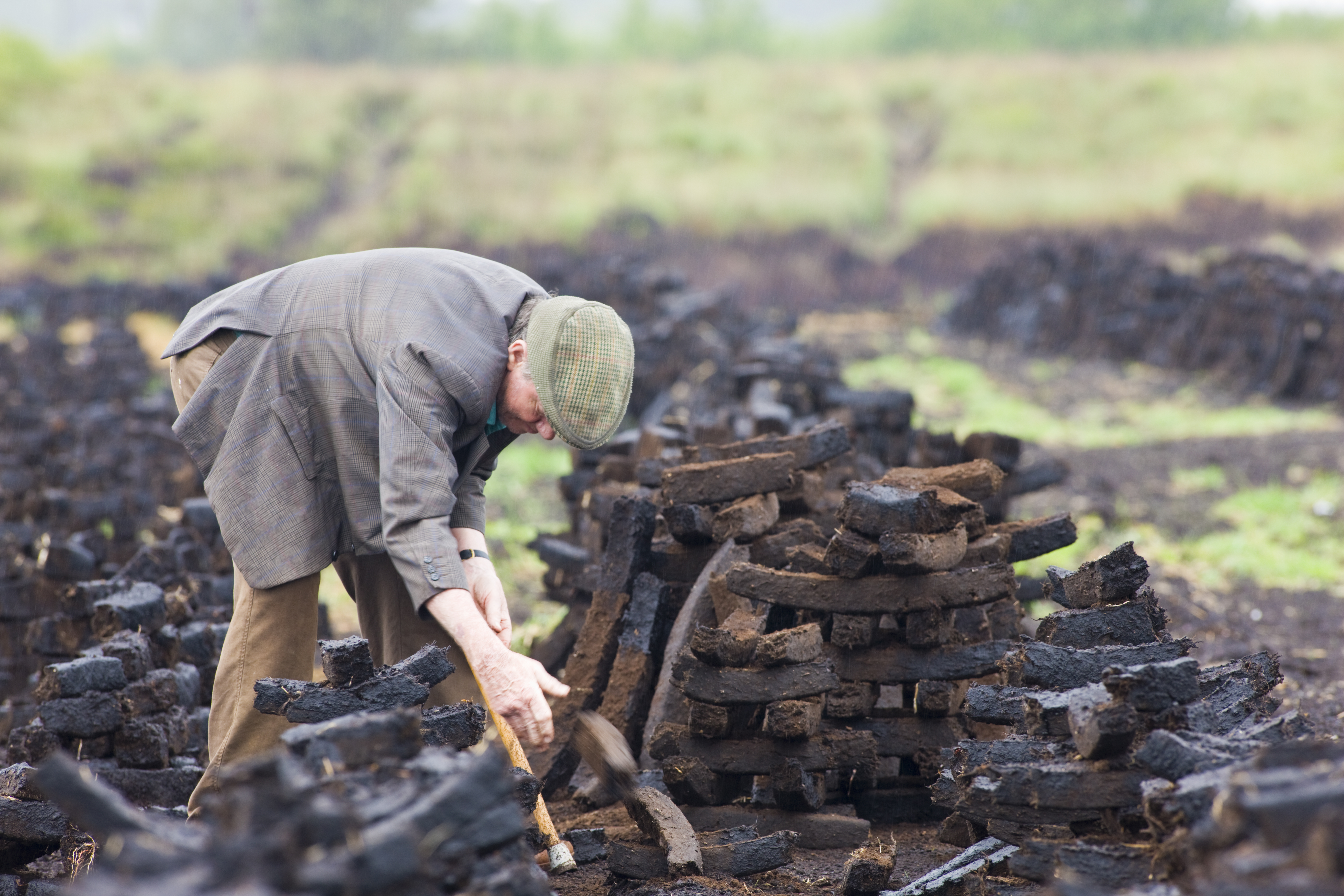
What is everyone talking about this week? Is peated whisky living on borrowed time?
By Will Hosie
-







